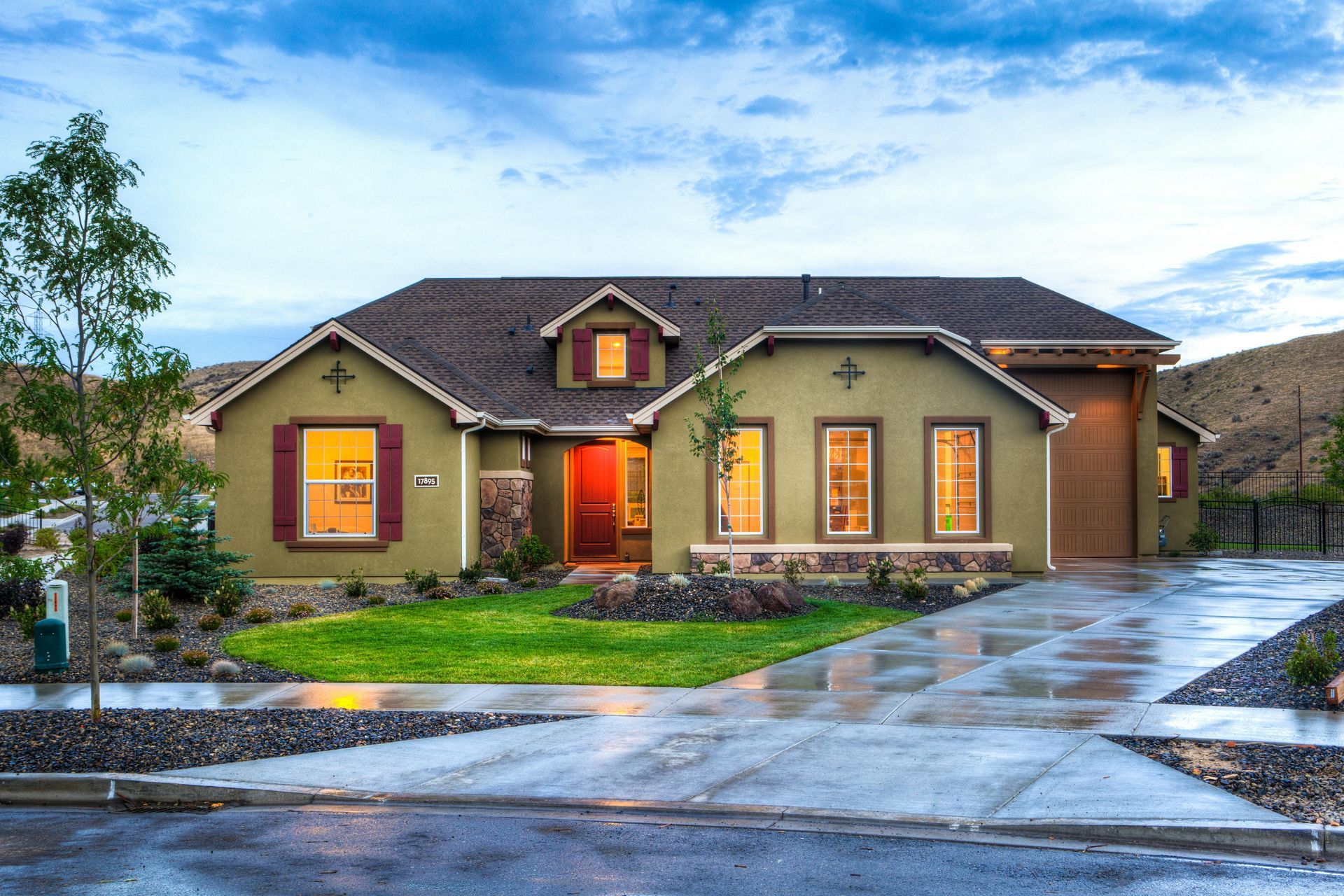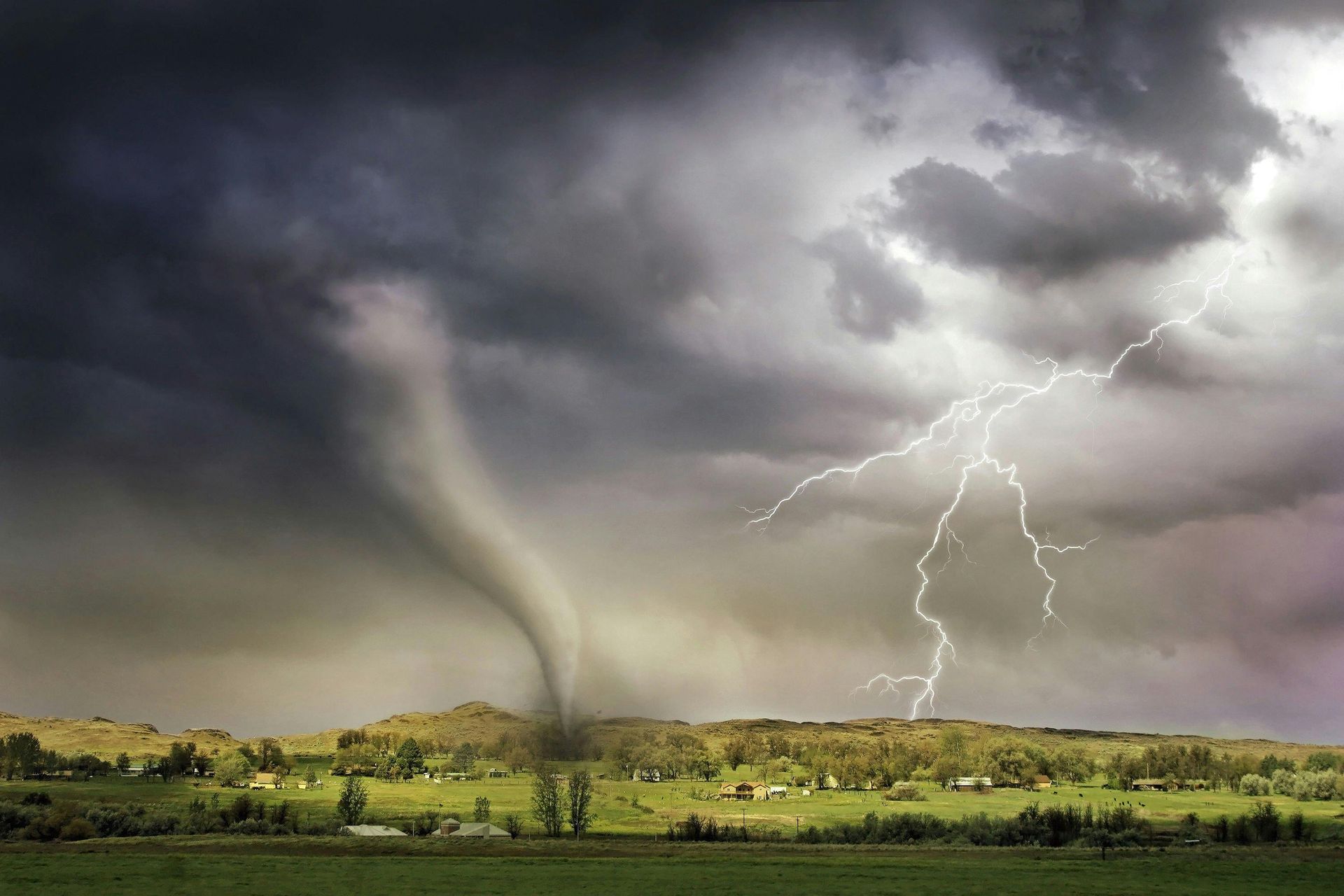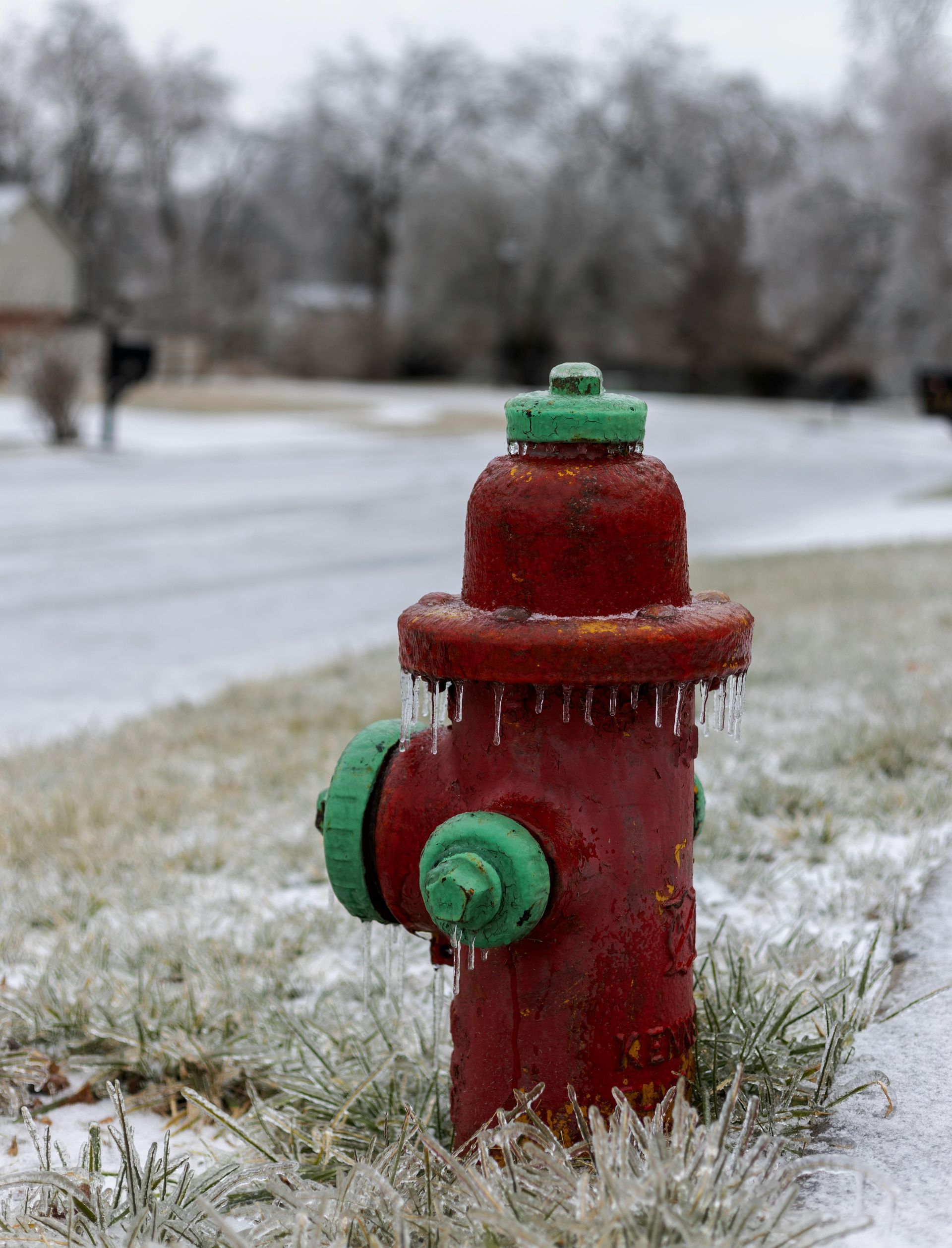Why Your Roof Is Key to Surviving a Major Storm
When a major storm strikes, your home’s roof becomes your primary line of defense against the elements. It shields your family, protects your possessions, and maintains the structural integrity of your property. However, roofs are also among the most vulnerable components of your home during extreme weather events like hurricanes, tornadoes, or severe storms. Understanding the importance of your roof and taking proactive steps to reinforce it can mean the difference between weathering the storm safely and facing catastrophic damage.
In this blog, we’ll delve into why your roof plays such a critical role during storms and provide actionable strategies to fortify it against nature’s fury.
The Roof: Your Home’s First Line of Defense
Your roof is more than just a structural component; it’s a critical barrier that protects your home from wind, rain, and debris. During a major storm, it prevents water from infiltrating your home, which can lead to structural damage, mold growth, and costly repairs. Here are a few reasons why your roof’s performance is pivotal:
- Wind Resistance: A properly designed and installed roof can withstand high wind speeds, minimizing the risk of being torn off or damaged.
- Waterproofing: Roof shingles, flashing, and underlayment work together to keep water out, protecting your ceilings, walls, and belongings.
- Debris Protection: The roof acts as a shield against falling branches, flying debris, and hail.
- Structural Stability: A secure roof helps maintain the overall stability of your home, preventing walls from collapsing under pressure.
Given its crucial role, any weakness in your roof can lead to devastating consequences during a storm.
Signs Your Roof May Be Vulnerable
Before reinforcing your roof, it’s important to assess its current condition. Common signs of vulnerability include:
- Missing or Damaged Shingles: Gaps or broken shingles expose the underlayment and can lead to leaks.
- Sagging Areas: These indicate structural weaknesses that may collapse under heavy rain or debris.
- Clogged Gutters: Water buildup due to clogged gutters can cause pooling, which stresses your roof’s surface.
- Cracked Flashing: Damaged flashing can compromise waterproofing around chimneys, vents, and skylights.
- Aging Materials: Roofs nearing the end of their lifespan are more susceptible to damage.
Regular roof inspections, particularly before storm season, can help you identify and address these vulnerabilities.
Key Strategies to Reinforce Your Roof
Fortifying your roof involves a combination of maintenance, upgrades, and preventive measures. Here are practical steps you can take:
1. Upgrade to Impact-Resistant Materials
Modern roofing materials are designed to withstand extreme weather. Consider:
- Impact-Resistant Shingles: Class 4 shingles are tested to endure hail and flying debris without cracking.
- Metal Roofing: Durable and wind-resistant, metal roofs are an excellent choice for storm-prone areas.
- Clay or Concrete Tiles: While heavier, these materials provide exceptional durability.
Ensure any material you choose complies with local building codes for storm resistance.
2. Strengthen Roof Decking
The roof decking is the foundation of your roof’s structure. Enhancing it can significantly improve storm resistance:
- Reinforced Fasteners: Secure the decking with stronger nails or screws to prevent uplift during high winds.
- Sealed Decking: Apply a waterproof membrane or adhesive underlayment to protect against leaks if shingles are blown off.
3. Install Hurricane Straps
Hurricane straps connect the roof to the walls of your home, distributing wind forces evenly and reducing the risk of roof detachment. These metal connectors are especially important in regions prone to hurricanes and tornadoes.
4. Inspect and Upgrade Flashing
Flashing is critical for sealing vulnerable areas such as chimneys, skylights, and vents. Use high-quality materials and ensure proper installation to prevent water infiltration.
5. Clear and Reinforce Gutters
Gutters play an essential role in directing water away from your home. Ensure they are:
- Free of Debris: Clean gutters reduce the risk of water pooling on your roof.
- Securely Attached: Reinforce gutter fasteners to withstand strong winds.
- Fitted with Gutter Guards: Guards prevent clogging and ensure consistent water flow.
6. Trim Surrounding Trees
Overhanging branches can cause significant damage during storms. Regularly trim trees near your home to minimize the risk of falling limbs.
7. Conduct Regular Inspections
Routine inspections by a professional roofer can identify potential issues early. Schedule inspections:
- Before Storm Season: Address vulnerabilities proactively.
- After Major Storms: Assess for hidden damage that could worsen over time.
8. Consider Insurance Incentives
Many insurance companies offer discounts for storm-resistant roofing upgrades. Consult your provider to determine eligible improvements and cost savings.
Emergency Measures During a Storm
Even with the best preparations, storms can be unpredictable. Knowing how to protect your roof during an active storm is critical:
- Close Attic Vents: Prevent wind-driven rain from entering through attic openings.
- Monitor Leaks: Identify and contain leaks promptly using buckets or tarps.
- Stay Indoors: Avoid going outside to inspect damage during the storm to ensure your safety.
Having an emergency kit with tarps, roofing nails, and tools on hand can help you address minor damage quickly after the storm passes.
Post-Storm Recovery: Restoring Your Roof
After the storm clears, assessing and repairing your roof should be a top priority to prevent further damage. Follow these steps:
- Inspect for Damage: Look for missing shingles, sagging areas, and leaks. Document damage with photos for insurance purposes.
- Contact a Professional: A licensed roofer can perform a thorough inspection and recommend necessary repairs or replacements.
- File an Insurance Claim: Work with your provider to expedite the claims process and cover repair costs.
- Reinforce for the Future: Use the opportunity to implement additional storm-resistant measures.
The Long-Term Benefits of a Storm-Ready Roof
Investing in a fortified roof provides more than just peace of mind. It also:
- Enhances Property Value: A storm-resistant roof is a selling point for potential buyers.
- Reduces Repair Costs: Proactive measures prevent expensive damage.
- Lowers Insurance Premiums: Many insurers reward storm-prepared homes with reduced rates.
In storm-prone regions, these benefits far outweigh the upfront costs of reinforcements.









